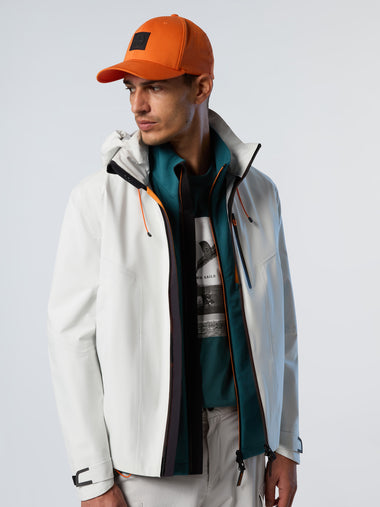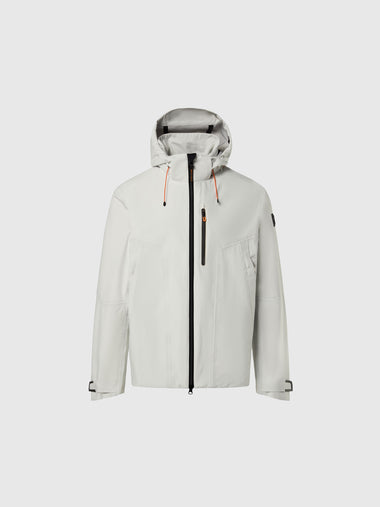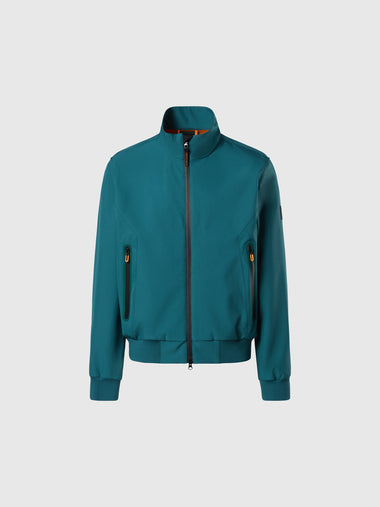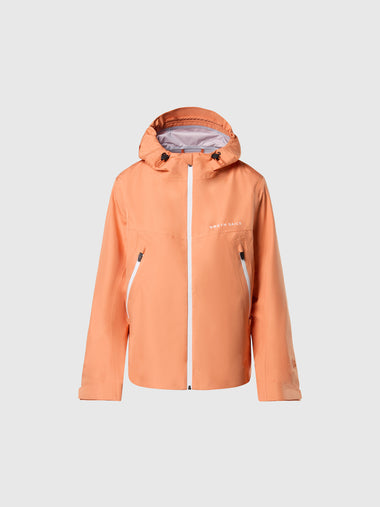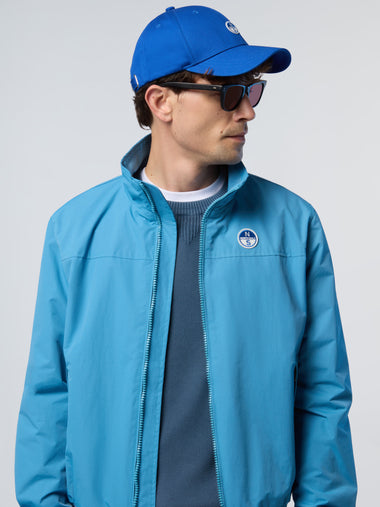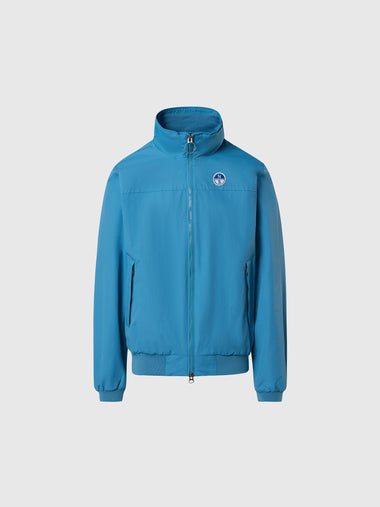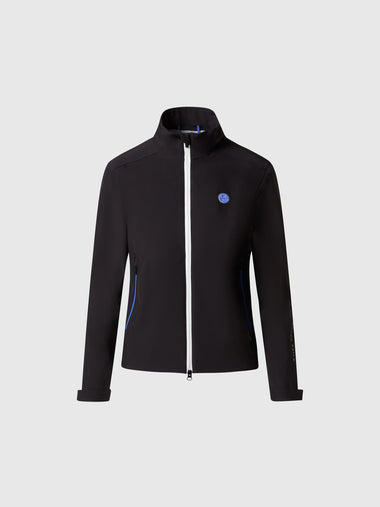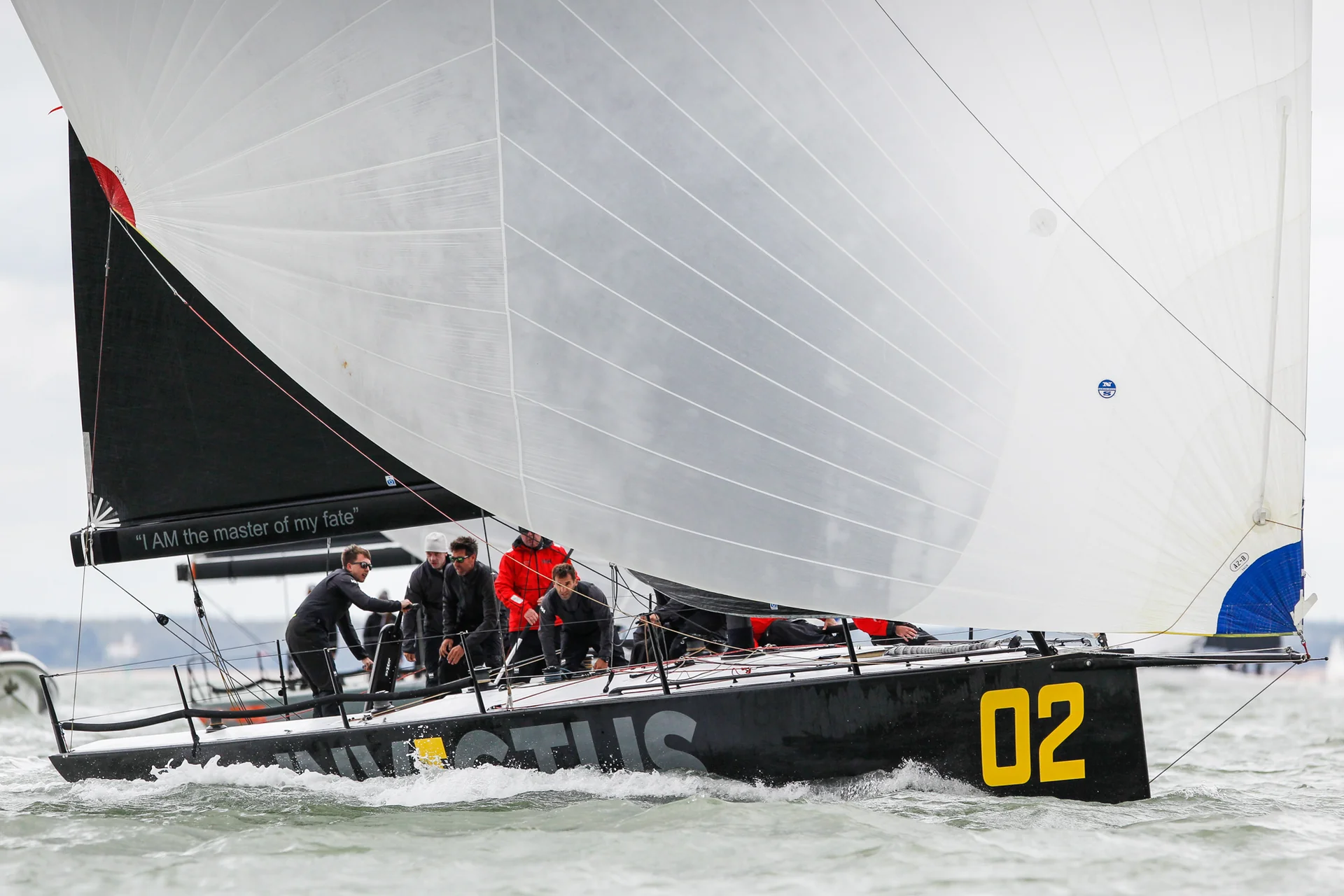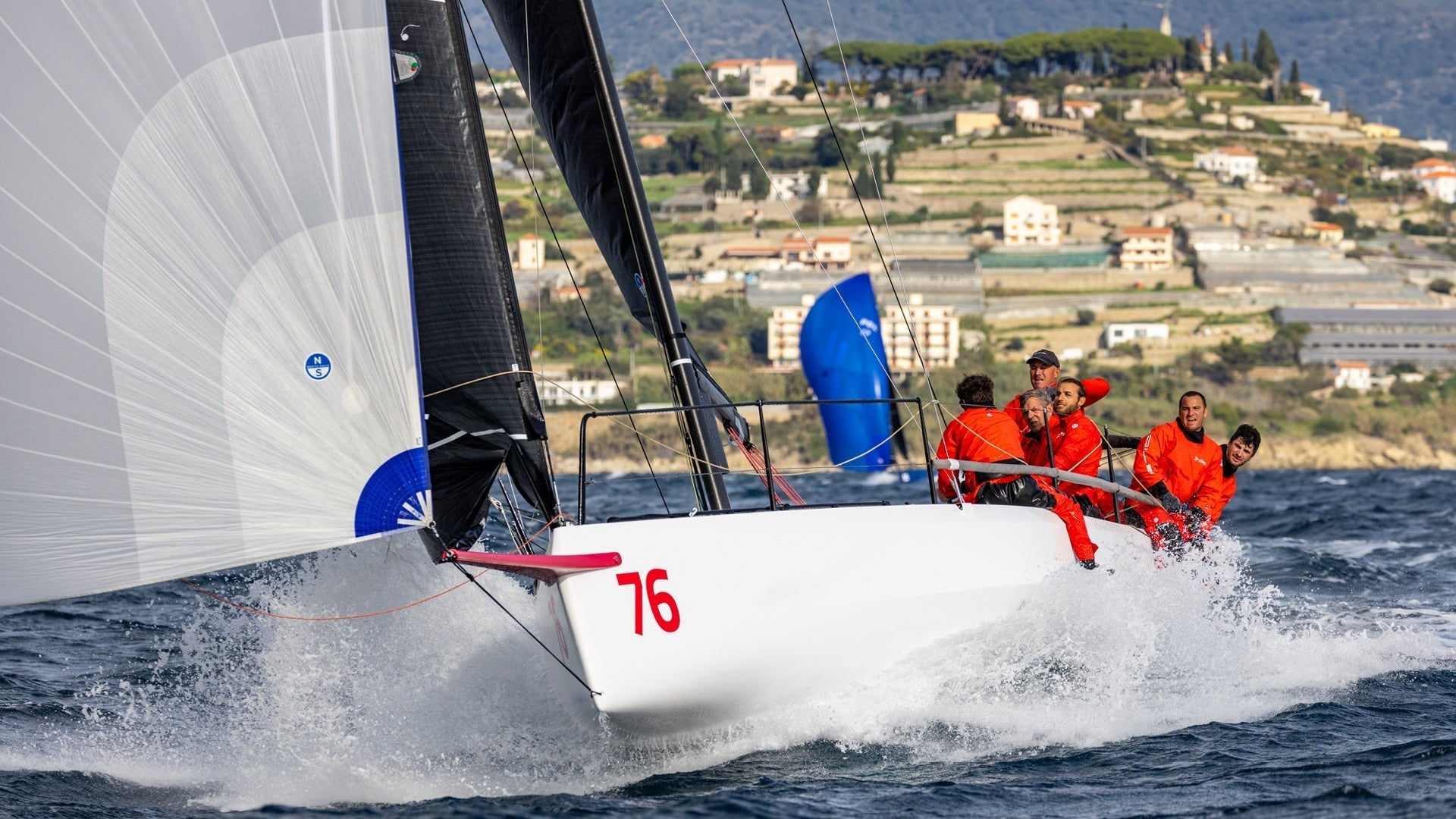HOW TO: SPINNAKER ZIPPER SYSTEMS
HOW TO: SPINNAKER ZIPPER SYSTEMS
A Smoother, Cleaner, Quicker Hoist

When it comes to hoisting your spinnaker, there are some details to consider that make everyone’s life easier (or harder).
Angle off the wind is often underestimated and this can cause issues when the kite is hoisted too soon. Especially in heavier air, sneaking the halyard is really just to clear the head so it can freely go up in front of the spreaders as soon as the boat turns down around the windward mark or offset. If the kite is fully hoisted before the boat turns down, you can count on a broach or altercation if there is a boat close to leeward trying to make a mark. In a perfect world, the spinnaker is pre-fed, tack out, and the head flows freely, clear from the rigging and the jib or genoa, and as soon as the boat turns down it’s a game of who can ring the bell the fastest.
Why use zippers?
Zippers help keep the kite contained, making it easier to sneak and hoist your spinnaker. As the kite goes up, the zippers hold it together so it doesn’t fill, allowing a few more seconds for the mast position to get it fully hoisted. Zippers help keep the foot and the tack of the kite neat and tidy too, which your bowman will appreciate. The head is easier to bring forward if the kite is properly zipped, which will guarantee a smooth, clean hoist that can even help set you up for an immediate jibe if needed.
Older systems used velcro bands, woolies or rubber bands. They worked, but didn’t hold as long and after time would fail and the debris would be lost overboard. Having zippers instead of bands is a great way to simplify things and help keep trash out of the ocean. In offshore racing, it’s mandatory–as it should be. Here are the steps you should take when properly setting up your kite zipper system.
- After the take-down, hook the head to the inside of the bow using a carabiner or slip knot. This will help hold the sail in place and make it easier, as you’ll be below deck while the race is still on!
- From there, gather the material between the zipper sides like they are a hotdog bun, and feed the zipper onto the track (the same as zipping up your jacket, making sure the two zipper ends are even).
- As you work your way down, very carefully run your finger along the underside of the zipper car to keep the spinnaker material out of the teeth. This is imperative as catching in the zipper will tear the material!
- Once you get to the end, hold it together with one hand and pull the zipper off the track. Then use the fixed velcro strap to temporarily secure the zipper from unzipping, by pulling the velcro across and pressing it down to secure it.
- Once the velcro retainer is in place, gently break the zipper end so under pressure it will naturally unzip.
- Use this same technique on the foot, making sure to keep tension on the material as you work your way towards the clew. This will keep it from bunching up and not fitting in the zipper.
- Once you are zipped, remove the zipper car and store it on the spinnaker bag, or below deck on the carabiner, ready for the next douse. You can pack the kite easily now that the spinnaker is more manageable.
It sounds easy, and generally it is! But keep in mind you’ll be doing this as soon as the kite comes down and some boats don’t have a ton of headroom. You also may be doing this alone. Hooking up the head so you don’t have to hold, feed and zip at the same time is very helpful. Practicing this method and timing yourself is a great place to start. Depending on how long the upwind leg is, you may be strapped for time. Getting comfortable using the zipper method and being able to do it on your own puts you on the fast track to becoming a great bowman.
Pro Tip: If the breeze is up and weight on the rail is necessary, try to position yourself down below so you are on the same side as your teammates.






